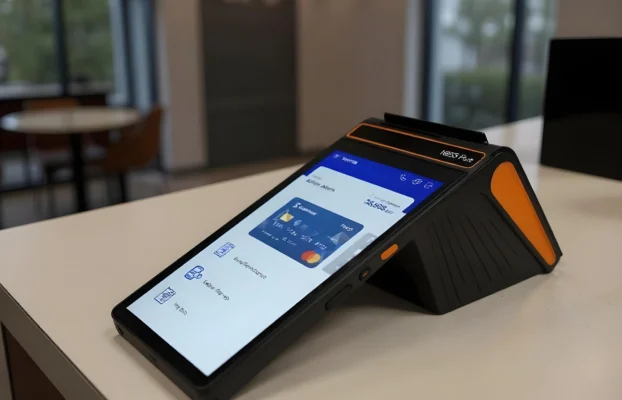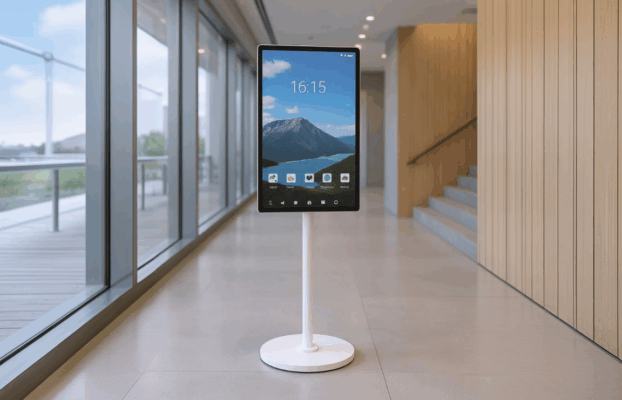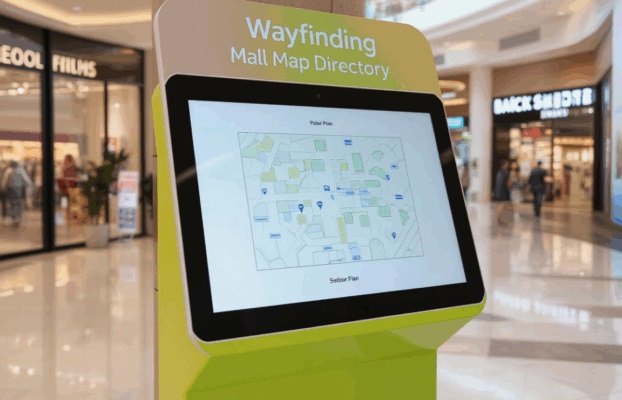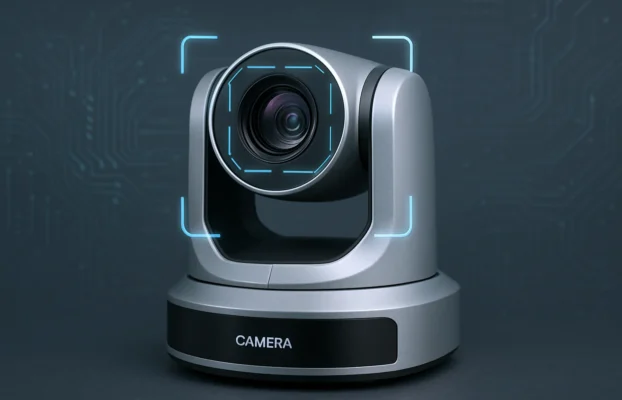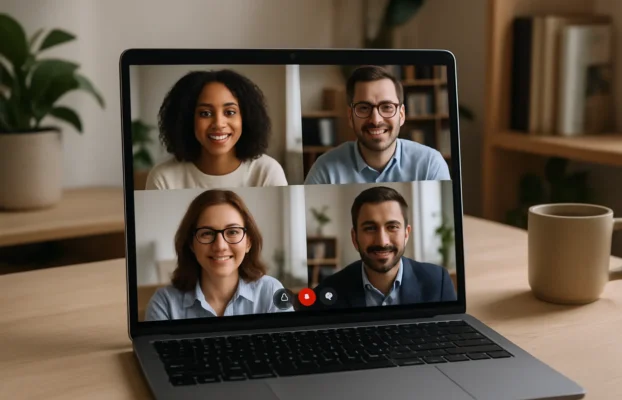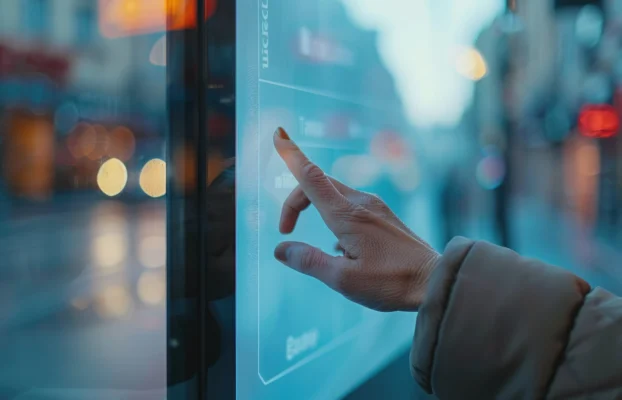Digital Ordering Kiosk Give Customer Great Value
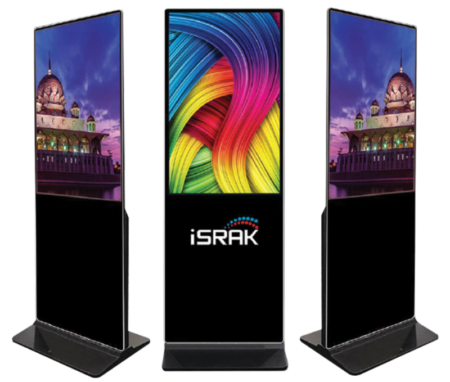
McDonald’s isn’t the only fast food restaurant to think of leveraging technology to give consumers greater control over their orders, though there is some disagreement about whether personalization is truly the best course of action for the ailing business. Many of its rivals have been experimenting with self-service kiosks and apps and have found that users prefer to spend more money when using them.
Taco Bell recently revealed that orders placed through their new digital app cost 20% more than orders placed with human cashiers, primarily as a result of customers choosing extra ingredients. Chili’s observed a comparable rise in dessert orders following the installation of self-service tablets. The newly installed
digital ordering kiosks at Cinema theatres “have seen concession spending per guest grow for 32 consecutive quarters.”
First, a study conducted by four researchers from the Rotman School of Management, Duke’s Fuqua School of Business, and the National University of Singapore found that the market share of items with difficult pronunciations increased by 8.4% when a liquor store switched from face-to-face to self-service. The researchers came to the conclusion that customers might be concerned about being misunderstood or looking uncultured in front of the employees. Self-service eliminated the interpersonal conflict.
They also looked into a pizza restaurant that started offering online ordering, which was an interesting example. In comparison to the typical purchase made over the phone, online shoppers ordered food with 3% more calories and 14% more instructions. They came to the conclusion that the change was caused by customers’ desire to avoid having their eating habits negatively judged.
You brought up McDonald’s. Kiosk testing has been ongoing for some time. In one establishment, they discovered that the average check size had increased by a dollar, or 30%, around ten years prior. Additionally, they discovered that 20% of customers who did not initially order a drink would do so after one was made available. Of course, kiosks are always looking to upsell.
In addition to all of this, a 2011 study found that a seven second decrease in service times at fast food restaurants might boost the business’ market share by 1% to 3%. It appears to be a win-win situation for businesses looking to increase profits as well as for customers who feel more at ease with less social tension. However, are there any drawbacks.nI believe that automation occasionally hides the labour that is being done for us. We can observe what is being done to produce value for us when we are interacting with a person.
Many technologies are built to essentially hide that work from clients. We strive to make utilising automated technology appear as simple, quick, and smooth as possible in order to help people feel comfortable using it. And by doing so, we obscure the customer’s perception of the work being done behind the scenes. Customers appreciate the service that is being offered less and value the service less as a result when they can’t perceive the effort being put forth.Certain self-service technology can defy this trend.
A nice illustration is booking websites It displays the effort being done behind the scenes to get you the ideal itinerary while looking for flights. You will see a list of the several websites it is scanning and a running total of the best rates discovered thus far after entering your preferred travel information and clicking submit. Michael Norton and I discovered that customers value services more and don’t mind waiting as much when a website , demonstrates the effort it is doing on their behalf.
What aspects should businesses consider when launching this kind of self-service?
By eliminating staff from the mix, businesses are essentially asking the customer to do more of the job. Therefore, the technology’s design is quite important. While using some
self-service technology might be a pleasure, using others can be exceedingly difficult.
The self-service checkout is one such instance of one that is frequently difficult. In essence, shops are expecting customers to perform something that they haven’t been qualified to do. However, they later added a tonne of sensors and fraud detection tools that made the work more challenging than it would have been for a human employee to perform.
In essence, we believe that there are three factors that influence whether a consumer will voluntarily use self-service. Customers must first understand what is required of them. They must also be able to perform the duties that are expected of them. Finally, and this is where many businesses go astray, they need to understand the benefits of making the extra effort in order for them to voluntarily engage in it.
What tasks can people just perform more effectively than applications or kiosks, in the end?
Technology isn’t flexible enough. A person can adapt to us when we’re talking to them and are having problems understanding them. They can assist in elucidating any misunderstandings we may be having. Neither of these can be accomplished by technology.
A person has the power to either surprise or depress us. However, because technology is standardised and founded on a set of standards, it is extremely difficult for it to ever excite users. But technology might let us down in the future.
Imagine an ATM; it feels like one out of every ten times you go there, it’s broken. However, it is not true that one out of every ten interactions you have with an ATM makes you happy. Do businesses ever experience a financial loss as a result of self-service. There is a presumption that using self-service technologies to assist a consumer is less expensive. Though it’s not always the case.
A lot of years ago, Dennis Campbell and Frances Frei conducted study on banks that had implemented internet banking. And they saw this really intriguing pattern: when a consumer switched to online banking, they started to use a less expensive self-service channel less frequently. They had a lower propensity to utilise the ATM. awesome, right? Additionally, they were less inclined to use automated response, which is somewhat more expensive than
online banking, and to call in.
The real kicker, though, is that they also started using more expensive delivery networks. They increased their visits to the branch and their use of the contact centre, which was really more expensive. Therefore, there wasn’t a good trade-off.
A rise in transaction volume overall was added on top of everything else. In the end, serving the client resulted in a higher cost per customer as a result of this.
Do you believe that there is a general trend toward greater automation in the service sector?
Sincerely, I don’t. In interactions that can afford to be transactional rather than relational, automation will play a significant role, especially for interactions designed for speed and efficiency.
But we are highly sociable creatures. Additionally, there is a tonne of behavioural research that demonstrates the positive effects of social interaction on our happiness and mental health.
Think about the places where we have the chance to build relationships using
digital ordering kiosk; these are frequently the places where we are truly loyal, isn’t that right? Therefore, the baristas at a Starbucks you frequent will recognise you by name and know what drink you want. You feel significant. You feel unique. They get to work with you, which makes their job more fulfilling. As a result of your interaction with them, your transaction has greater meaning.
 McDonald’s isn’t the only fast food restaurant to think of leveraging technology to give consumers greater control over their orders, though there is some disagreement about whether personalization is truly the best course of action for the ailing business. Many of its rivals have been experimenting with self-service kiosks and apps and have found that users prefer to spend more money when using them.
Taco Bell recently revealed that orders placed through their new digital app cost 20% more than orders placed with human cashiers, primarily as a result of customers choosing extra ingredients. Chili’s observed a comparable rise in dessert orders following the installation of self-service tablets. The newly installed digital ordering kiosks at Cinema theatres “have seen concession spending per guest grow for 32 consecutive quarters.”
First, a study conducted by four researchers from the Rotman School of Management, Duke’s Fuqua School of Business, and the National University of Singapore found that the market share of items with difficult pronunciations increased by 8.4% when a liquor store switched from face-to-face to self-service. The researchers came to the conclusion that customers might be concerned about being misunderstood or looking uncultured in front of the employees. Self-service eliminated the interpersonal conflict.
They also looked into a pizza restaurant that started offering online ordering, which was an interesting example. In comparison to the typical purchase made over the phone, online shoppers ordered food with 3% more calories and 14% more instructions. They came to the conclusion that the change was caused by customers’ desire to avoid having their eating habits negatively judged.
You brought up McDonald’s. Kiosk testing has been ongoing for some time. In one establishment, they discovered that the average check size had increased by a dollar, or 30%, around ten years prior. Additionally, they discovered that 20% of customers who did not initially order a drink would do so after one was made available. Of course, kiosks are always looking to upsell.
In addition to all of this, a 2011 study found that a seven second decrease in service times at fast food restaurants might boost the business’ market share by 1% to 3%. It appears to be a win-win situation for businesses looking to increase profits as well as for customers who feel more at ease with less social tension. However, are there any drawbacks.nI believe that automation occasionally hides the labour that is being done for us. We can observe what is being done to produce value for us when we are interacting with a person.
Many technologies are built to essentially hide that work from clients. We strive to make utilising automated technology appear as simple, quick, and smooth as possible in order to help people feel comfortable using it. And by doing so, we obscure the customer’s perception of the work being done behind the scenes. Customers appreciate the service that is being offered less and value the service less as a result when they can’t perceive the effort being put forth.Certain self-service technology can defy this trend.
A nice illustration is booking websites It displays the effort being done behind the scenes to get you the ideal itinerary while looking for flights. You will see a list of the several websites it is scanning and a running total of the best rates discovered thus far after entering your preferred travel information and clicking submit. Michael Norton and I discovered that customers value services more and don’t mind waiting as much when a website , demonstrates the effort it is doing on their behalf.
McDonald’s isn’t the only fast food restaurant to think of leveraging technology to give consumers greater control over their orders, though there is some disagreement about whether personalization is truly the best course of action for the ailing business. Many of its rivals have been experimenting with self-service kiosks and apps and have found that users prefer to spend more money when using them.
Taco Bell recently revealed that orders placed through their new digital app cost 20% more than orders placed with human cashiers, primarily as a result of customers choosing extra ingredients. Chili’s observed a comparable rise in dessert orders following the installation of self-service tablets. The newly installed digital ordering kiosks at Cinema theatres “have seen concession spending per guest grow for 32 consecutive quarters.”
First, a study conducted by four researchers from the Rotman School of Management, Duke’s Fuqua School of Business, and the National University of Singapore found that the market share of items with difficult pronunciations increased by 8.4% when a liquor store switched from face-to-face to self-service. The researchers came to the conclusion that customers might be concerned about being misunderstood or looking uncultured in front of the employees. Self-service eliminated the interpersonal conflict.
They also looked into a pizza restaurant that started offering online ordering, which was an interesting example. In comparison to the typical purchase made over the phone, online shoppers ordered food with 3% more calories and 14% more instructions. They came to the conclusion that the change was caused by customers’ desire to avoid having their eating habits negatively judged.
You brought up McDonald’s. Kiosk testing has been ongoing for some time. In one establishment, they discovered that the average check size had increased by a dollar, or 30%, around ten years prior. Additionally, they discovered that 20% of customers who did not initially order a drink would do so after one was made available. Of course, kiosks are always looking to upsell.
In addition to all of this, a 2011 study found that a seven second decrease in service times at fast food restaurants might boost the business’ market share by 1% to 3%. It appears to be a win-win situation for businesses looking to increase profits as well as for customers who feel more at ease with less social tension. However, are there any drawbacks.nI believe that automation occasionally hides the labour that is being done for us. We can observe what is being done to produce value for us when we are interacting with a person.
Many technologies are built to essentially hide that work from clients. We strive to make utilising automated technology appear as simple, quick, and smooth as possible in order to help people feel comfortable using it. And by doing so, we obscure the customer’s perception of the work being done behind the scenes. Customers appreciate the service that is being offered less and value the service less as a result when they can’t perceive the effort being put forth.Certain self-service technology can defy this trend.
A nice illustration is booking websites It displays the effort being done behind the scenes to get you the ideal itinerary while looking for flights. You will see a list of the several websites it is scanning and a running total of the best rates discovered thus far after entering your preferred travel information and clicking submit. Michael Norton and I discovered that customers value services more and don’t mind waiting as much when a website , demonstrates the effort it is doing on their behalf.

